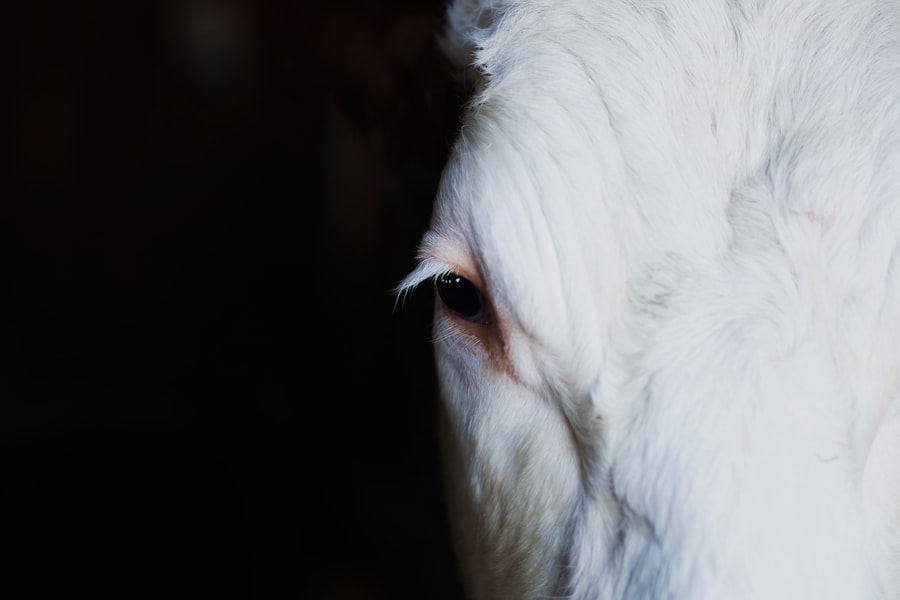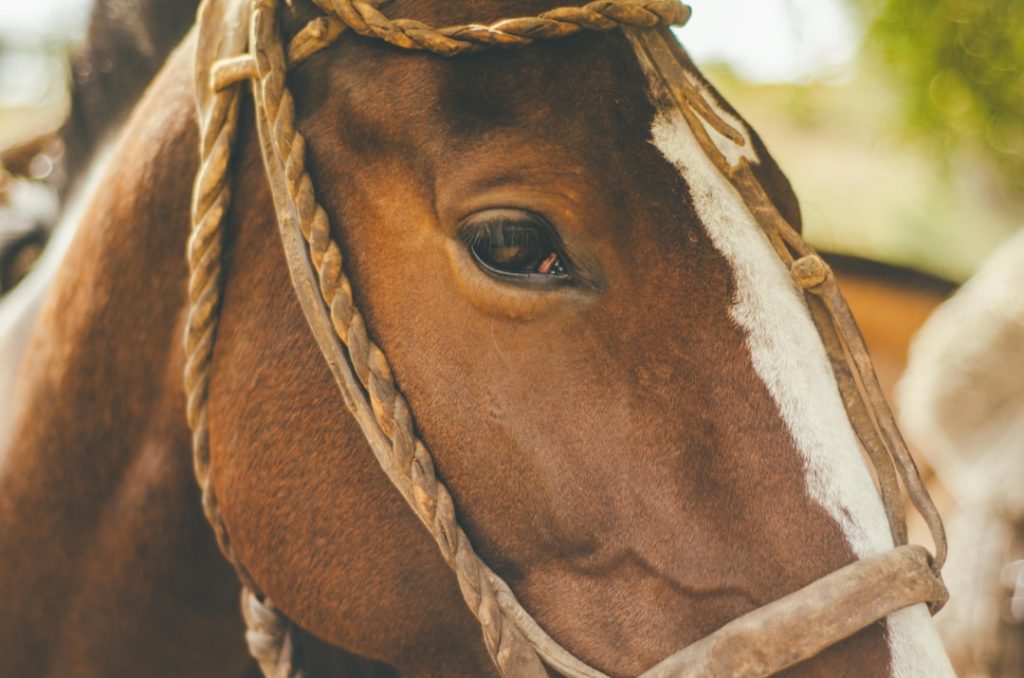Canine hip dysplasia is a prevalent and debilitating condition affecting numerous dogs, particularly large and giant breeds. This developmental disorder of the hip joint occurs when the ball and socket do not fit together properly, resulting in joint instability and degeneration. Affected dogs may experience pain, lameness, and reduced mobility.
While hip dysplasia can be hereditary, environmental factors such as rapid growth, excessive weight, and improper nutrition can also contribute to its development. The condition involves a complex interplay of genetic and environmental factors. The abnormal development of the hip joint can lead to a spectrum of symptoms, ranging from mild discomfort to severe pain and disability.
It is essential for dog owners to recognize the signs of hip dysplasia in their pets to seek appropriate treatment and management options promptly. Understanding and awareness of canine hip dysplasia are crucial for dog owners. By being informed about this condition, they can take proactive steps to prevent and manage it, ultimately improving their pet’s quality of life.
Early detection, proper nutrition, weight management, and appropriate exercise can all play significant roles in mitigating the impact of hip dysplasia on affected dogs.
Table of Contents
- 1 Possible causes
- 2 Symptoms to look out for
- 3 Treatment options
- 4 Preventative measures
- 5 When to seek veterinary help
- 6 Conclusion and next steps
- 7 FAQs
- 7.1 What causes a chicken’s eye to crust shut?
- 7.2 How can I prevent my chicken’s eye from crusting shut?
- 7.3 What should I do if my chicken’s eye is crusting shut?
- 7.4 Can a chicken’s eye crusting shut be a sign of a more serious health issue?
- 7.5 Is it safe to try to open a chicken’s crusted-shut eye on my own?
Key Takeaways
- Understanding the issue
- Possible causes
- Symptoms to look out for
- Treatment options
- Preventative measures
- When to seek veterinary help
- Conclusion and next steps
Possible causes
Genetic Factors
Genetics play a significant role in the development of canine hip dysplasia. Dogs with a family history of hip dysplasia are more likely to develop the condition themselves. Certain breeds, such as German Shepherds, Labrador Retrievers, Golden Retrievers, and Rottweilers, are particularly prone to hip dysplasia due to their genetic predisposition.
Environmental Factors
In addition to genetics, environmental factors can also contribute to the development of hip dysplasia. Rapid growth, excessive weight, and improper nutrition during the puppy stage can increase the risk of hip dysplasia in dogs. Furthermore, abnormal joint laxity, where the hip joint is loose and unstable, can lead to abnormal wear and tear on the joint, resulting in degeneration and the development of hip dysplasia over time.
Other Contributing Factors
Physical trauma or injury to the hip joint can also contribute to the development of hip dysplasia in dogs. It is essential for dog owners to be aware of these potential causes and take steps to minimize the risk of hip dysplasia in their pets. By understanding the causes of canine hip dysplasia, dog owners can take proactive measures to prevent or manage the condition, ensuring their pets lead happy and healthy lives.
Symptoms to look out for

There are several symptoms that dog owners should be aware of when it comes to canine hip dysplasia. One of the most common signs is lameness or difficulty walking, particularly after exercise or periods of rest. Dogs with hip dysplasia may also exhibit stiffness or reluctance to move, especially when getting up from a lying down position.
They may also show signs of pain or discomfort when their hips are touched or manipulated. Another symptom to look out for is a decreased range of motion in the affected hip joint. Dogs with hip dysplasia may have difficulty climbing stairs, jumping, or engaging in physical activities that require hip mobility.
In severe cases, dogs may also develop muscle atrophy in the hind legs due to reduced use of the affected limb. It is important for dog owners to be vigilant for these symptoms and seek veterinary attention if they suspect that their pet may be suffering from hip dysplasia.
Treatment options
There are several treatment options available for dogs with hip dysplasia, depending on the severity of the condition. In mild cases, management through weight control, exercise modification, and joint supplements may be sufficient to alleviate symptoms and improve mobility. Non-steroidal anti-inflammatory drugs (NSAIDs) may also be prescribed by a veterinarian to help manage pain and inflammation associated with hip dysplasia.
In more severe cases, surgical intervention may be necessary to correct the abnormality in the hip joint. Procedures such as femoral head ostectomy (FHO), total hip replacement (THR), or pelvic osteotomy may be recommended to improve the function and comfort of the affected dog. Physical therapy and rehabilitation can also play a crucial role in the recovery and management of canine hip dysplasia, helping to improve muscle strength and joint stability.
Preventative measures
While canine hip dysplasia has a genetic component, there are several preventative measures that dog owners can take to minimize the risk of their pets developing this condition. Providing a balanced diet and maintaining a healthy weight are crucial in preventing excessive strain on the developing joints. Controlled exercise and avoiding activities that put excessive stress on the hips, such as jumping or rough play, can also help reduce the risk of hip dysplasia.
Choosing a responsible breeder who screens for hip dysplasia in their breeding stock can also help reduce the likelihood of passing on this condition to future generations. Regular veterinary check-ups and early intervention can also play a crucial role in preventing the progression of hip dysplasia in dogs. By being proactive and mindful of these preventative measures, dog owners can help ensure the long-term health and well-being of their pets.
When to seek veterinary help

Recognizing the Signs of Hip Dysplasia
If you suspect that your dog is suffering from hip dysplasia, it is essential to seek veterinary help as soon as possible. Early intervention and proper management are crucial in minimizing the impact of this condition on your dog’s quality of life. If your dog exhibits symptoms such as lameness, stiffness, or difficulty walking, it is vital to consult with a veterinarian for a thorough examination and diagnosis.
Diagnosing Hip Dysplasia
Veterinarians may recommend diagnostic tests such as x-rays or joint fluid analysis to confirm the presence of hip dysplasia and assess its severity. These tests help identify the extent of the condition and inform the development of an effective treatment plan.
Treatment and Management Options
Based on the findings, appropriate treatment options can be discussed and implemented to help alleviate pain and improve mobility for the affected dog. Regular follow-up visits with a veterinarian can also help monitor the progression of hip dysplasia and adjust treatment plans as needed.
Conclusion and next steps
In conclusion, canine hip dysplasia is a common and potentially debilitating condition that affects many dogs, particularly large and giant breeds. Understanding the causes, symptoms, treatment options, and preventative measures for hip dysplasia is crucial for dog owners in ensuring the long-term health and well-being of their pets. By being proactive and vigilant, dog owners can take steps to minimize the risk of hip dysplasia in their pets and seek appropriate veterinary care if needed.
The next steps for dog owners include educating themselves about hip dysplasia and its potential impact on their pets, as well as implementing preventative measures to reduce the risk of this condition. Choosing a responsible breeder who screens for hip dysplasia in their breeding stock can also help reduce the likelihood of passing on this condition to future generations. Regular veterinary check-ups and early intervention can also play a crucial role in preventing the progression of hip dysplasia in dogs.
By being proactive and mindful of these preventative measures, dog owners can help ensure the long-term health and well-being of their pets.
If you’re having trouble with your chicken’s eyes crusting shut, it may be a sign of an underlying health issue. According to Poultry Wizard, common causes of eye crusting in chickens include respiratory infections, vitamin deficiencies, or environmental irritants. It’s important to monitor your chicken’s overall health and consult with a veterinarian if you notice any concerning symptoms.
FAQs
What causes a chicken’s eye to crust shut?
A chicken’s eye may crust shut due to a variety of reasons, including respiratory infections, eye infections, injury, or environmental irritants.
How can I prevent my chicken’s eye from crusting shut?
To prevent a chicken’s eye from crusting shut, ensure that their living environment is clean and free from irritants, provide proper ventilation, and monitor their overall health and well-being.
What should I do if my chicken’s eye is crusting shut?
If your chicken’s eye is crusting shut, it is important to carefully clean the eye with a warm, damp cloth and seek veterinary care if the issue persists or worsens.
Can a chicken’s eye crusting shut be a sign of a more serious health issue?
Yes, a chicken’s eye crusting shut can be a sign of a more serious health issue, such as an infection or respiratory illness. It is important to monitor the chicken’s overall health and seek veterinary care if necessary.
Is it safe to try to open a chicken’s crusted-shut eye on my own?
It is not recommended to try to open a chicken’s crusted-shut eye on your own, as this can potentially cause further injury or discomfort to the chicken. It is best to seek veterinary care for proper treatment.
Meet Walter, the feathered-friend fanatic of Florida! Nestled in the sunshine state, Walter struts through life with his feathered companions, clucking his way to happiness. With a coop that’s fancier than a five-star hotel, he’s the Don Juan of the chicken world. When he’s not teaching his hens to do the cha-cha, you’ll find him in a heated debate with his prized rooster, Sir Clucks-a-Lot. Walter’s poultry passion is no yolk; he’s the sunny-side-up guy you never knew you needed in your flock of friends!







